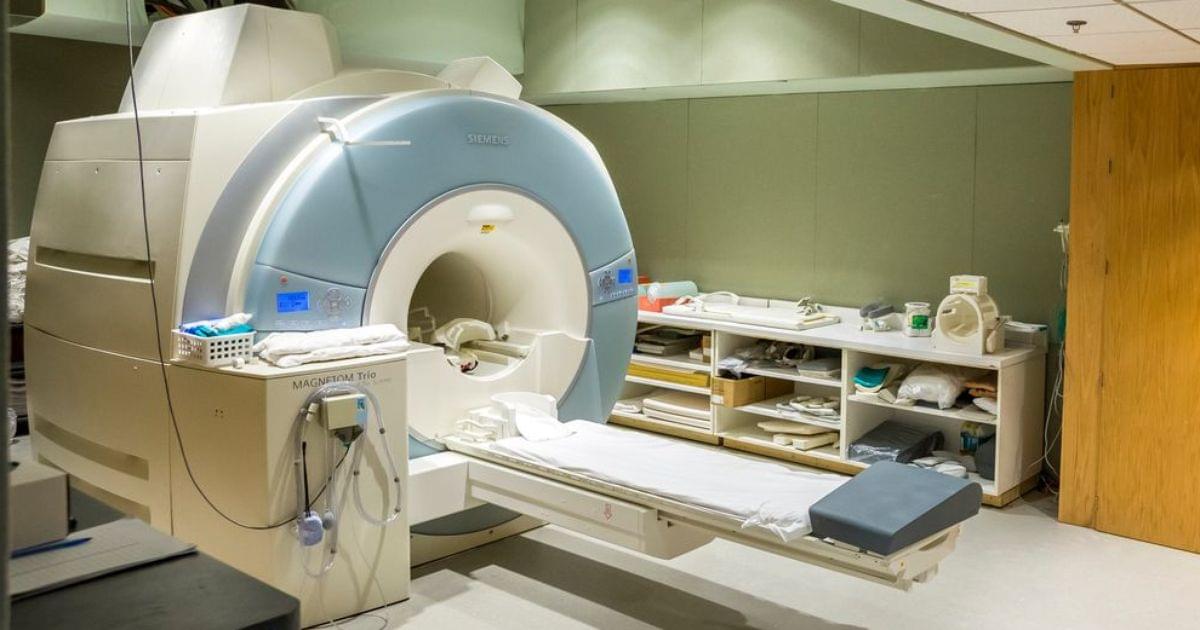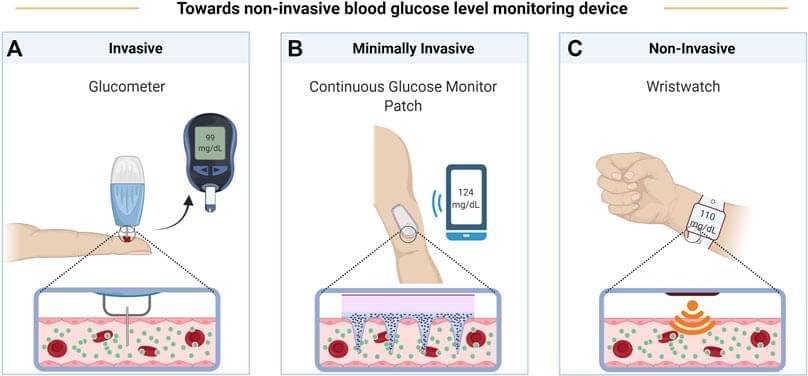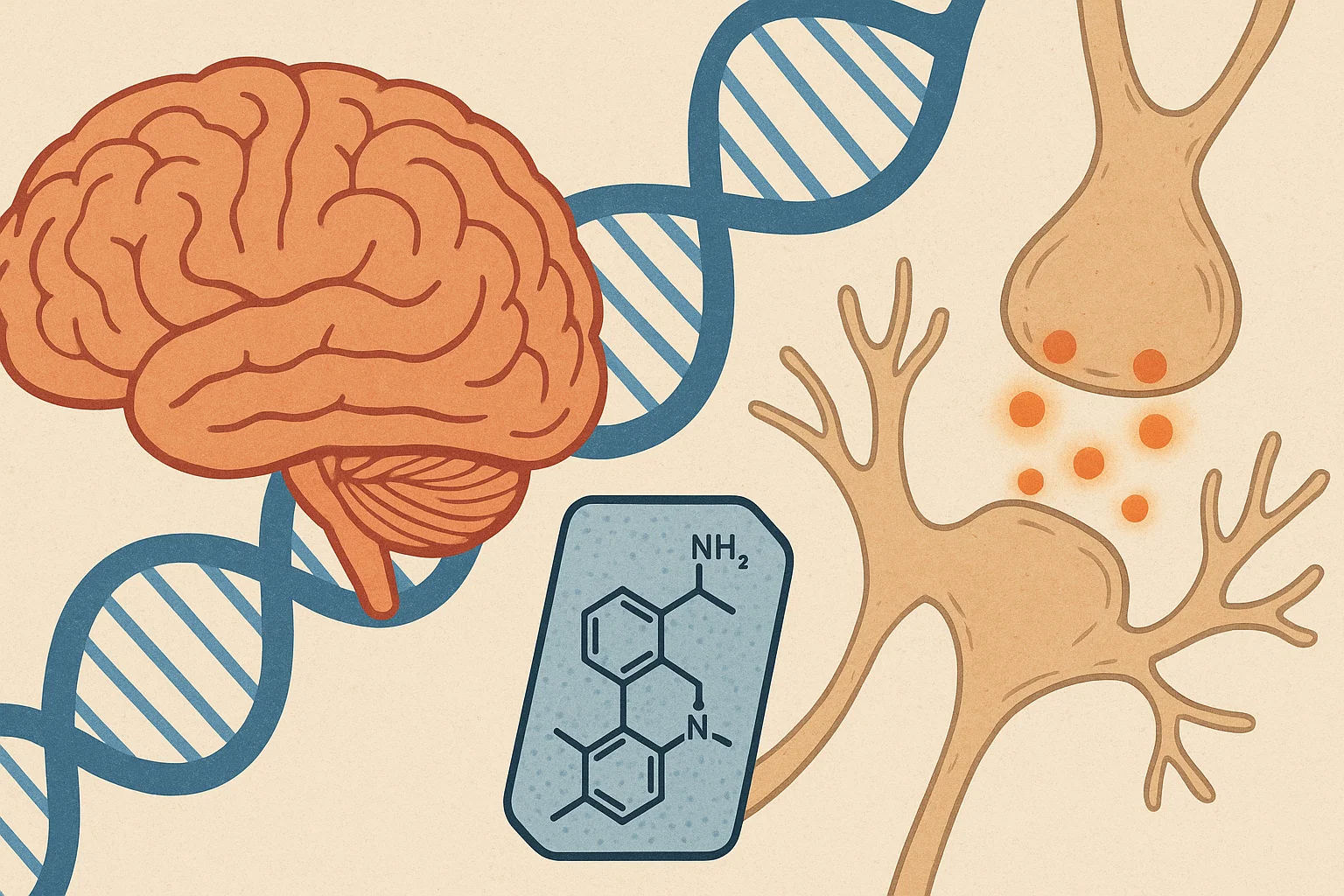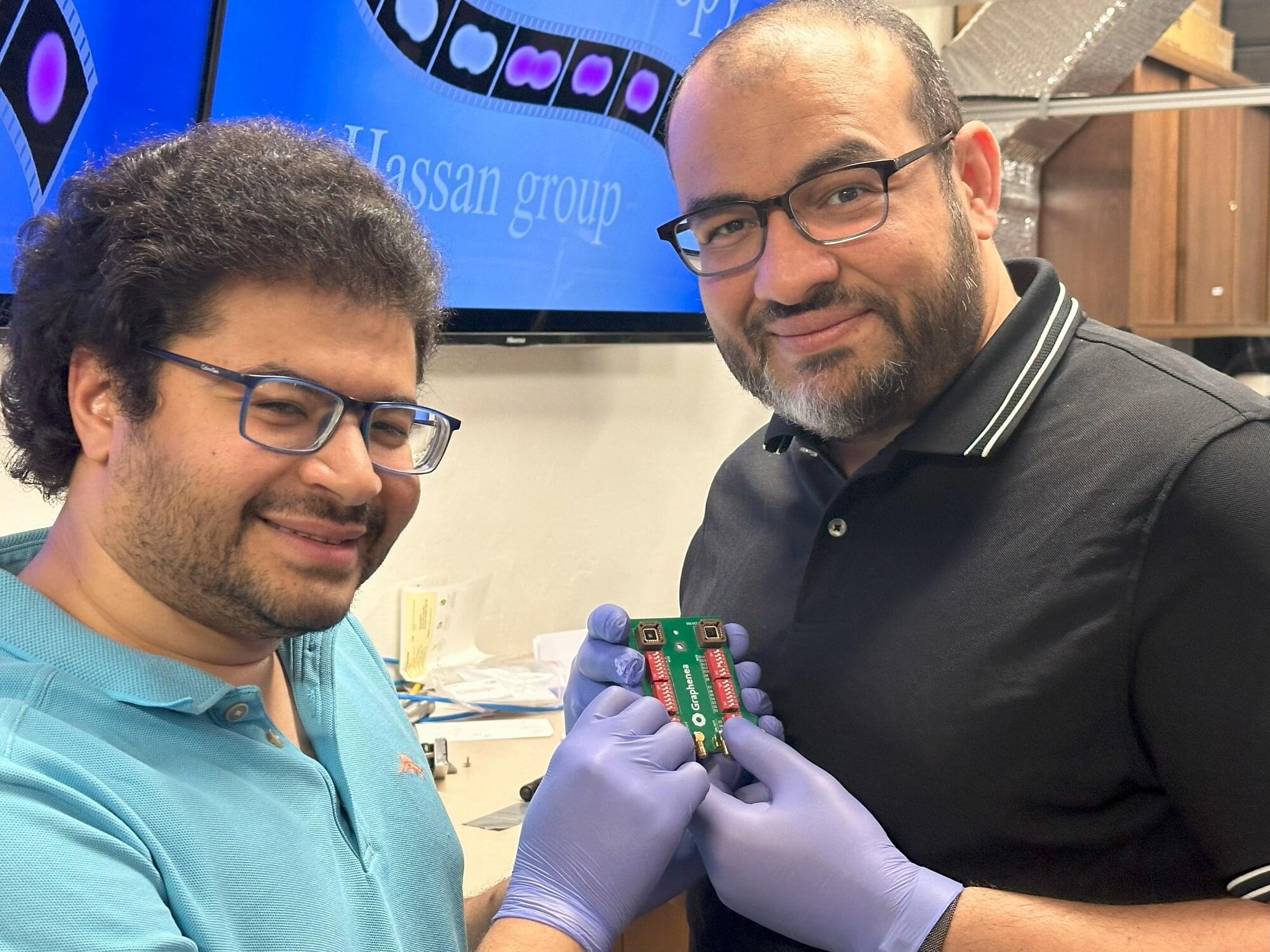What new methods can be developed to study the Martian subsurface? This is what a recent study published in the Journal of Geophysical Research Planets hop | Space
University of New Mexico researchers studying the health risks posed by gadolinium, a toxic rare earth metal used in MRI scans, have found that oxalic acid, a molecule found in many foods, can generate nanoparticles of the metal in human tissues.
Diabetes has no well-established cure; thus, its management is critical for avoiding severe health complications involving multiple organs. This requires frequent glycaemia monitoring, and the gold standards for this are fingerstick tests. During the last decades, several blood-withdrawal-free platforms have been being studied to replace this test and to improve significantly the quality of life of people with diabetes (PWD). Devices estimating glycaemia level targeting blood or biofluids such as tears, saliva, breath and sweat, are gaining attention; however, most are not reliable, user-friendly and/or cheap. Given the complexity of the topic and the rise of diabetes, a careful analysis is essential to track scientific and industrial progresses in developing diabetes management systems. Here, we summarize the emerging blood glucose level (BGL) measurement methods and report some examples of devices which have been under development in the last decades, discussing the reasons for them not reaching the market or not being really non-invasive and continuous. After discussing more in depth the history of Raman spectroscopy-based researches and devices for BGL measurements, we will examine if this technique could have the potential for the development of a user-friendly, miniaturized, non-invasive and continuous blood glucose-monitoring device, which can operate reliably, without inter-patient variability, over sustained periods.
Diabetes is a lifelong disease that affects more than 400 millions of people worldwide (WHO. Diabetes, 2022). Emerging reports from the International Diabetes Federation state that diabetes is set to rise very fast, estimating 700 millions of cases in the next 25 years (IDF Diabetes Atlas, 2019). Among the various types of diabetes, all characterized by high blood glucose levels, the main two types are type 1 diabetes, an autoimmune condition where the pancreas produces little or no insulin, and type 2 diabetes, a metabolic disorder that results in hyperglycaemia due to insulin resistance. Diabetes, and related risk factors such as microvascular (retinopathy, nephropathy, and neuropathy) and macrovascular metabolic disorders, is so widespread that it has been defined “the epidemic of the century” (Kharroubi, 2015).
Earlier this month, Aurora Innovation kicked off driverless truck operations in Texas, starting off with a freight route between Dallas and Houston for commercial customers. The SAE Level 4 trucks, operating without a safety driver in the cab, have been making the 250-mile route that has been the focus of quite a bit of testing by several autonomous truck developers, many of which have been getting driverless truck infrastructure ready.
Getting to this point took years of research and plenty of on-road testing, in environments open and closed to regular traffic, with Aurora Innovation achieving a successful round of validation testing. In fact, years of supervised testing by Aurora has already seen 10,000 customer loads delivered by its prototypes, spanning some 3 million miles.
Augmented intelligence hosts opportunities to enhance the human capacity and enables machines to apply new cognitive abilities.
How much water did Mars have in its ancient past and when did it disappear? This is what a recent study published in Geophysical Research Letters hopes to address as an international team of scientists investigated Mars’ ancient water cycle processes, including its transport mechanisms between the surface and subsurface. This study has the potential to help scientists better understand ancient Mars and whether the Red Planet could have had the ingredients for life as we know it.
For the study, the researchers used computer models to simulate the length of time that liquid water on the surface of Mars billions of years ago required to go from the surface to the subsurface, specifically to mile-deep aquifers. While this same process takes only a few days on Earth, the researchers estimated that it took between 50 to 200 years on Mars for liquid water to go from the surface to the subsurface aquifers.
Larry Niven is one of the biggest names in the history of science fiction. His 1970 novel Ringworld is the latest pick for the New Scientist Book Club, but he has also written a whole space-fleet-load of novels and short stories over the years, including A World Out of Time.
New Scientist sci-fi reviewer Emily H. Wilson caught up with him via Zoom at his home in Los Angeles recently, where he discussed Ringworld, his start in sci-fi, his favourite work over the years, his current projects, and whether he thinks humankind will ever leave this solar system.
–
Learn more ➤ https://www.newscientist.com/article/2480167-an-interview-wi…fi-legend/
Subscribe ➤ https://bit.ly/NSYTSUBS
Get more from New Scientist:
Official website: https://bit.ly/NSYTHP
Facebook: https://bit.ly/NSYTFB
Twitter: https://bit.ly/NSYTTW
Instagram: https://bit.ly/NSYTINSTA
LinkedIn: https://bit.ly/NSYTLIN
About New Scientist:
New Scientist was founded in 1956 for “all those interested in scientific discovery and its social consequences”. Today our website, videos, newsletters, app, podcast and print magazine cover the world’s most important, exciting and entertaining science news as well as asking the big-picture questions about life, the universe, and what it means to be human.
New Scientist.
What if ultrafast pulses of light could operate computers at speeds a million times faster than today’s best processors? A team of scientists, including researchers from the University of Arizona, are working to make that possible.
In an international effort, researchers from the Department of Physics in the College of Science and the James C. Wyant College of Optical Sciences have demonstrated a way to manipulate electrons in graphene using pulses of light that last less than a trillionth of a second. By leveraging a quantum effect known as tunneling, they recorded electrons bypassing a physical barrier almost instantaneously, a feat that redefines the potential limits of computer processing power.
A study published in Nature Communications highlights how the technique could lead to processing speeds in the petahertz range—over 1,000 times faster than modern computer chips.









